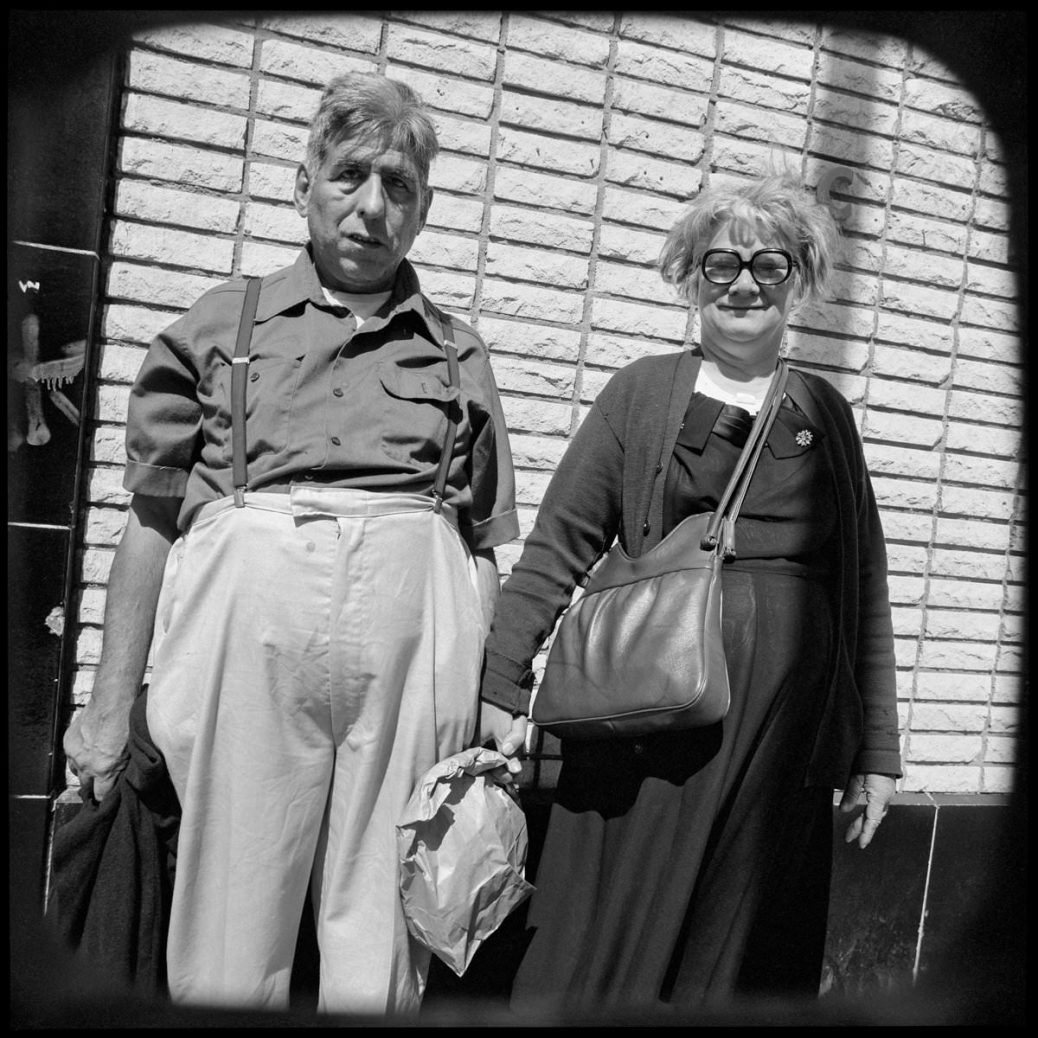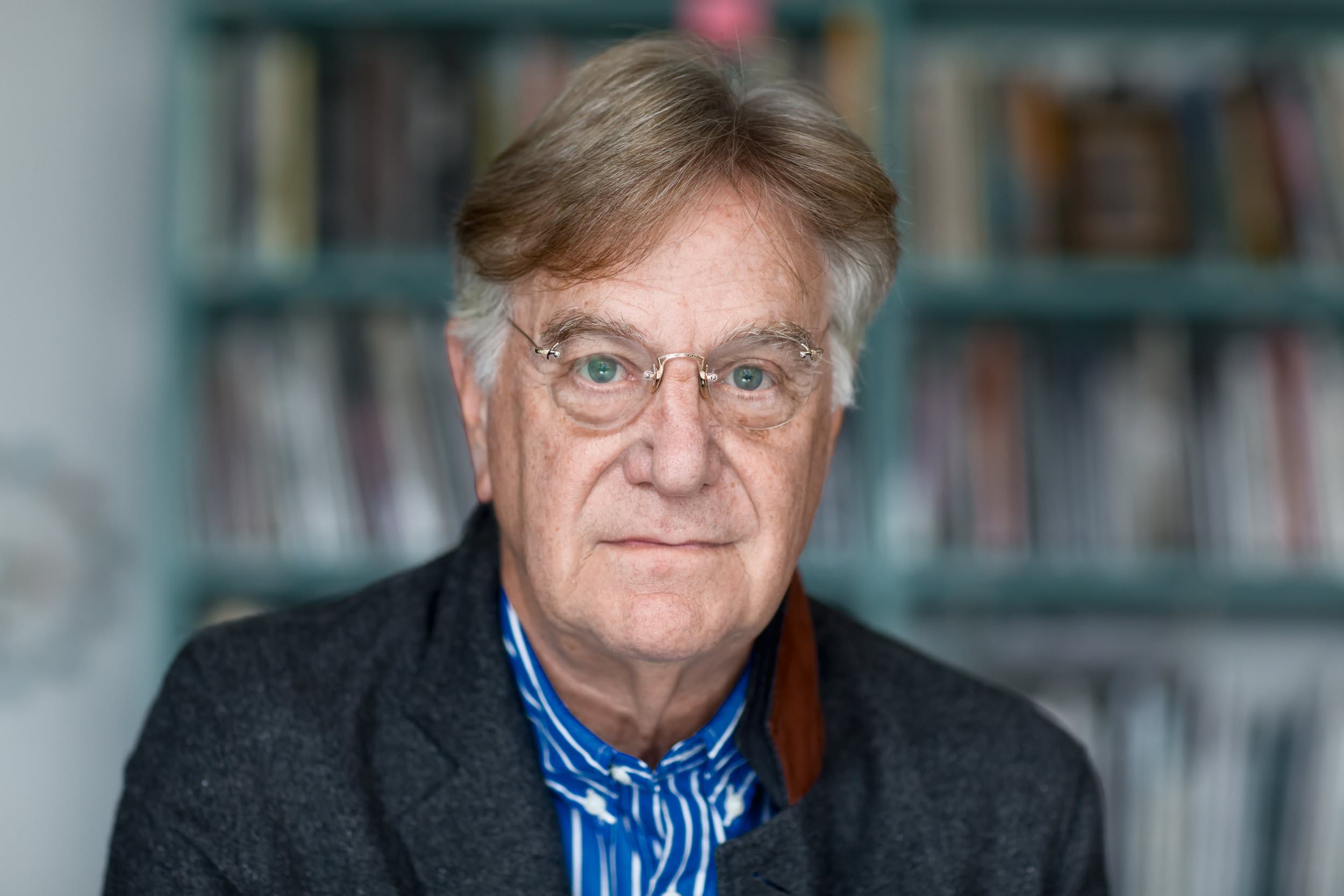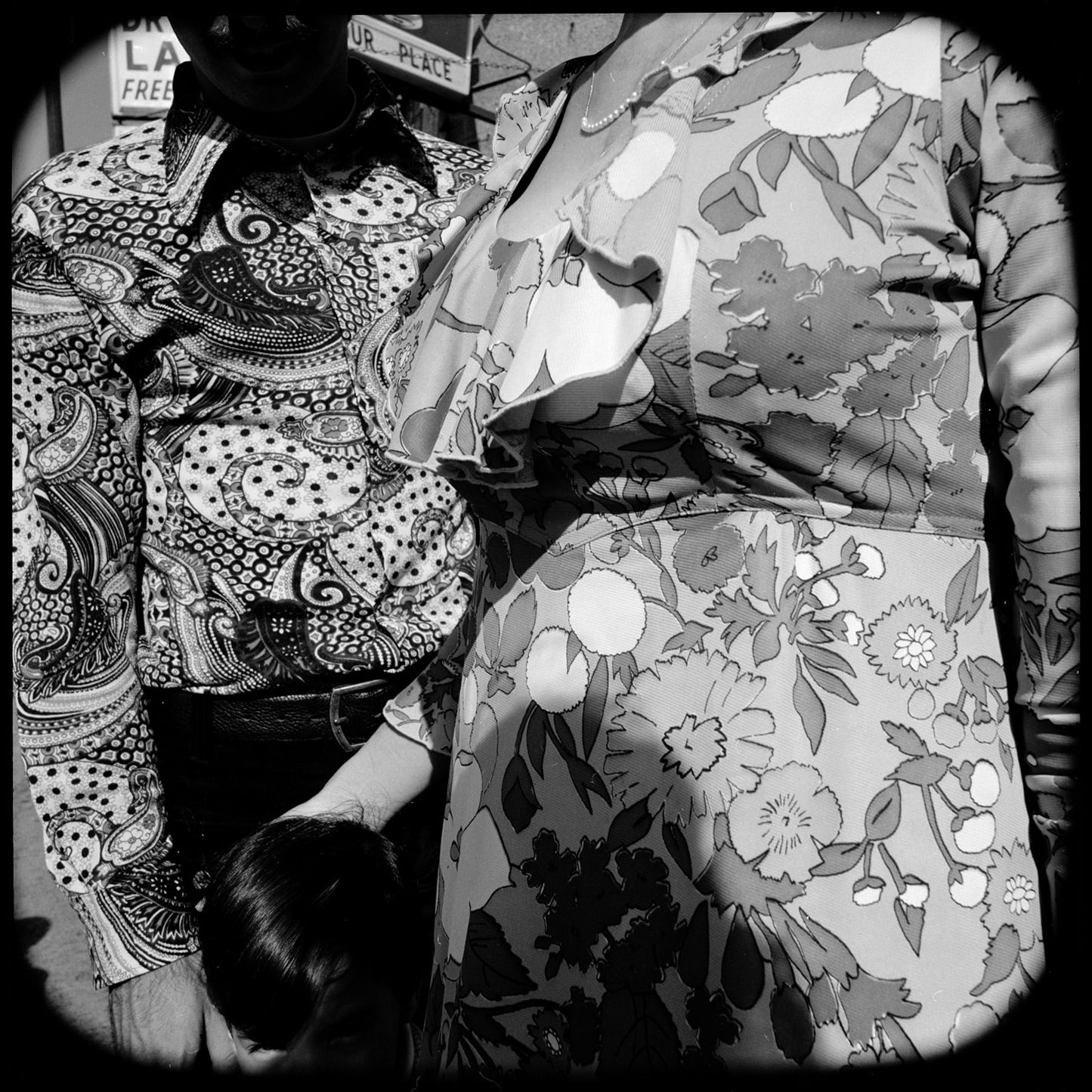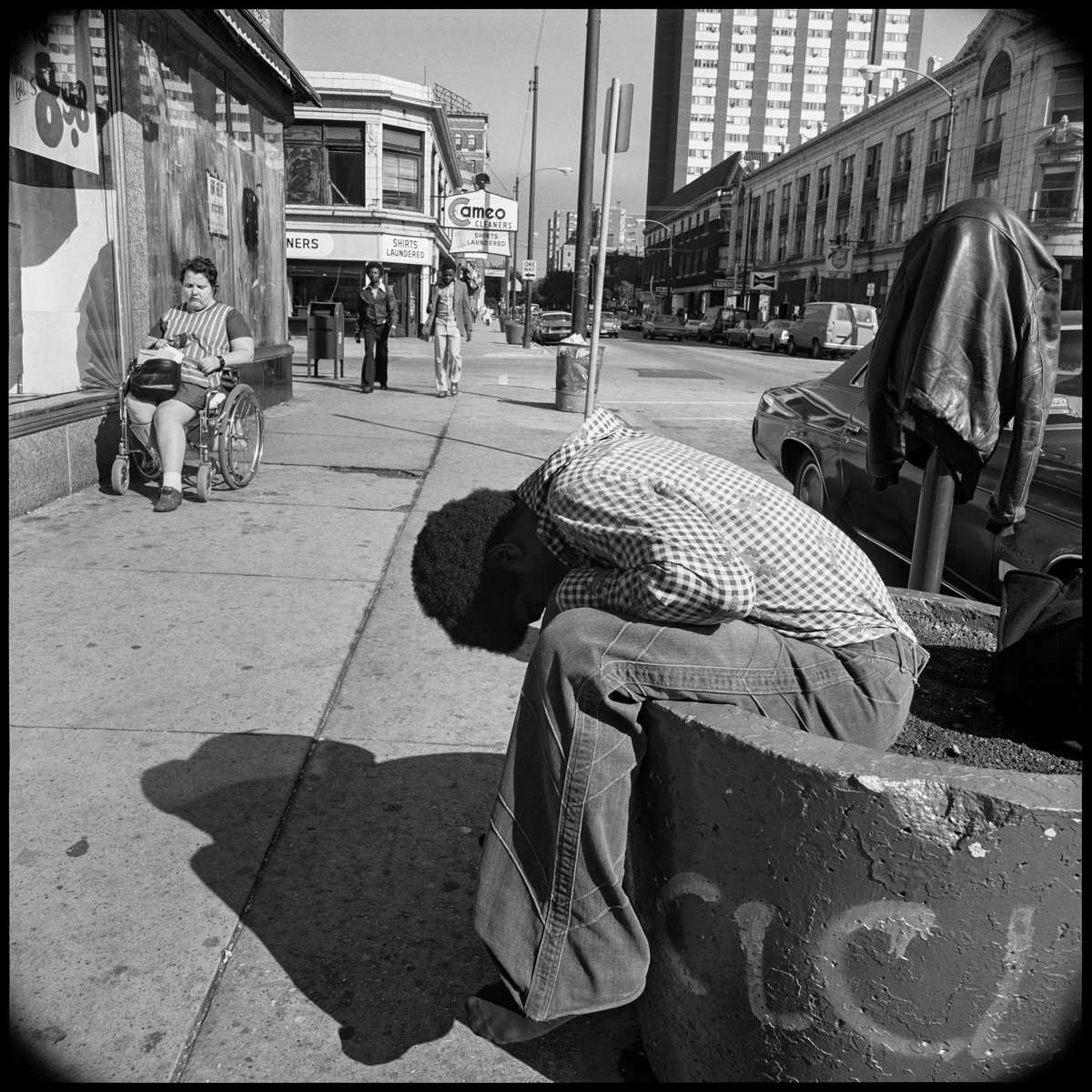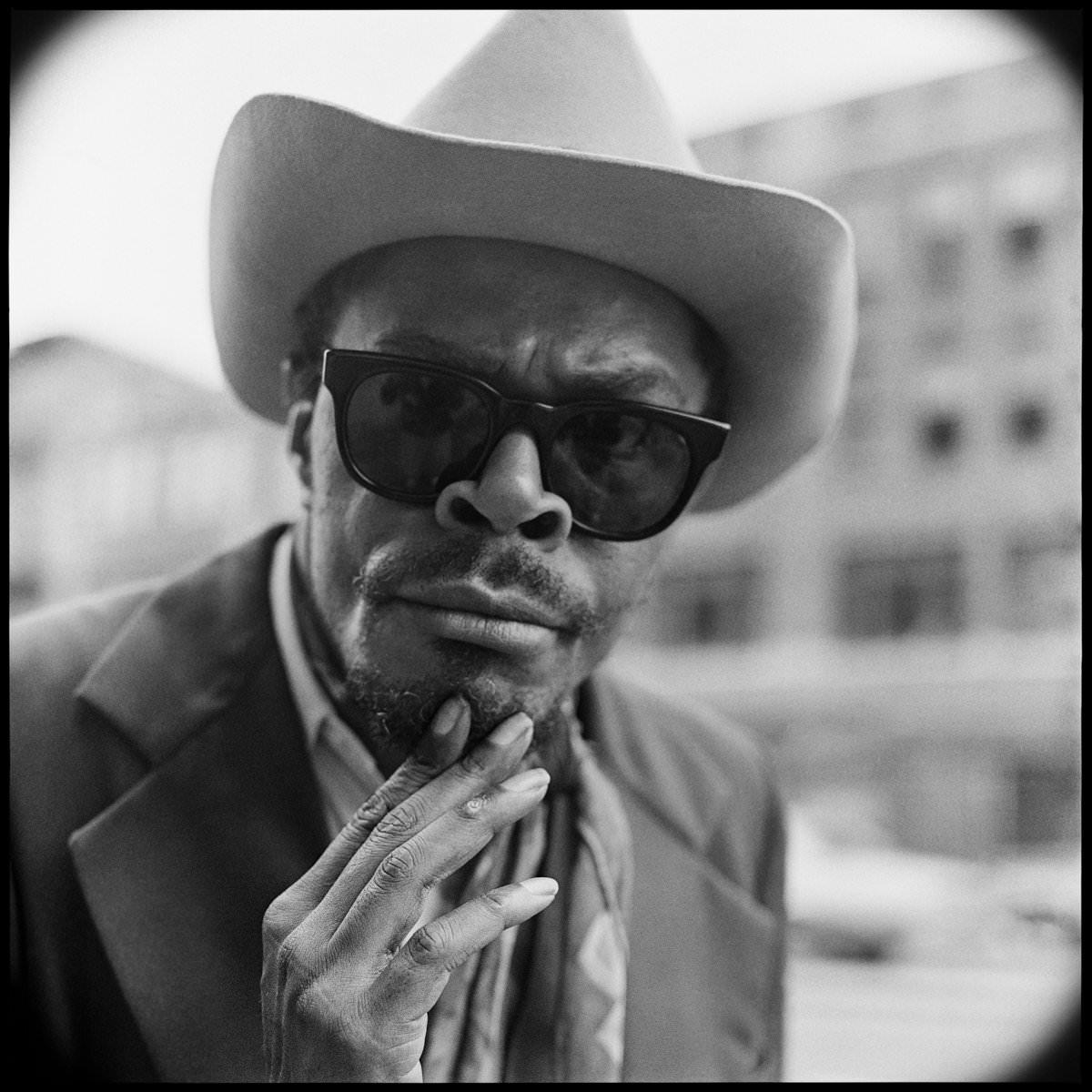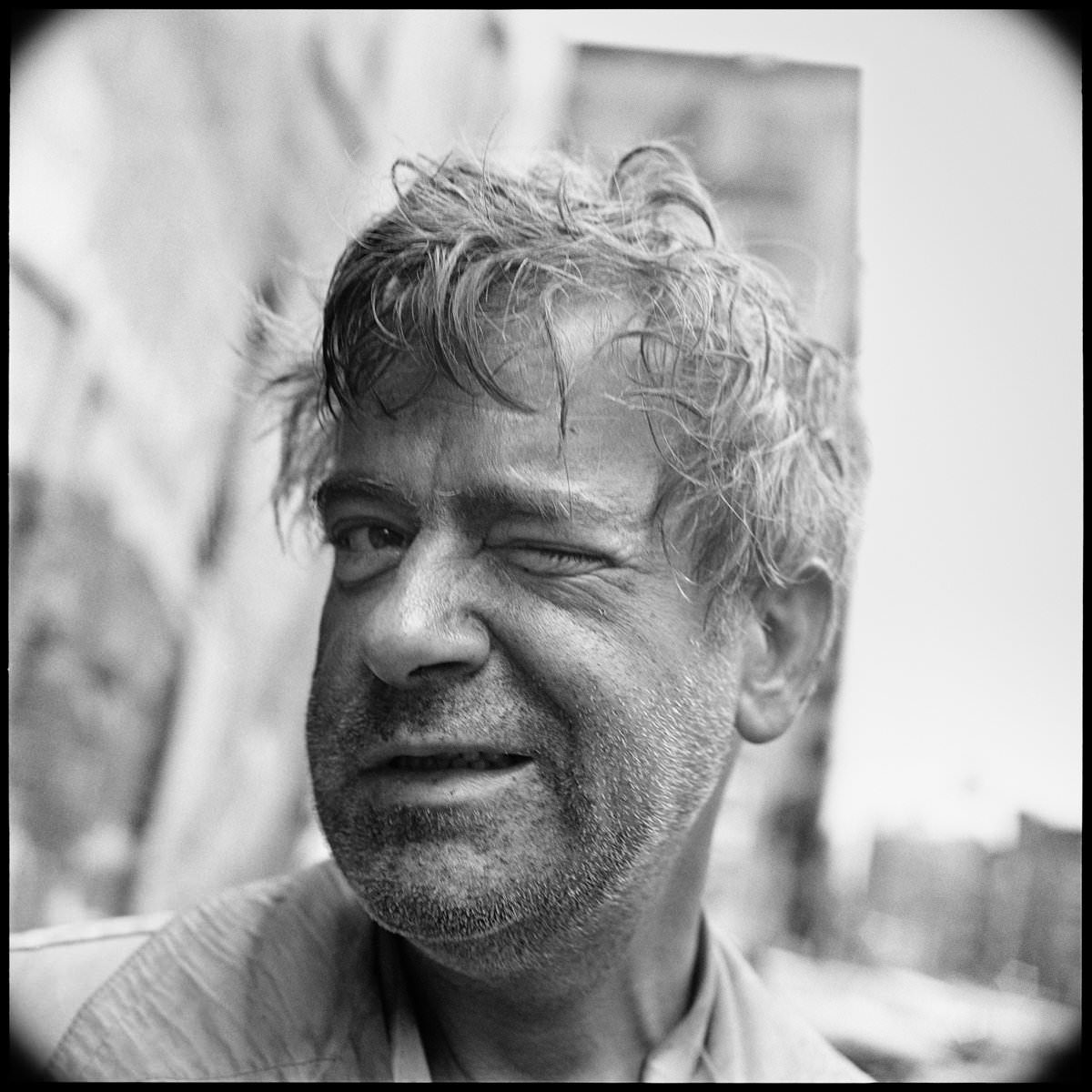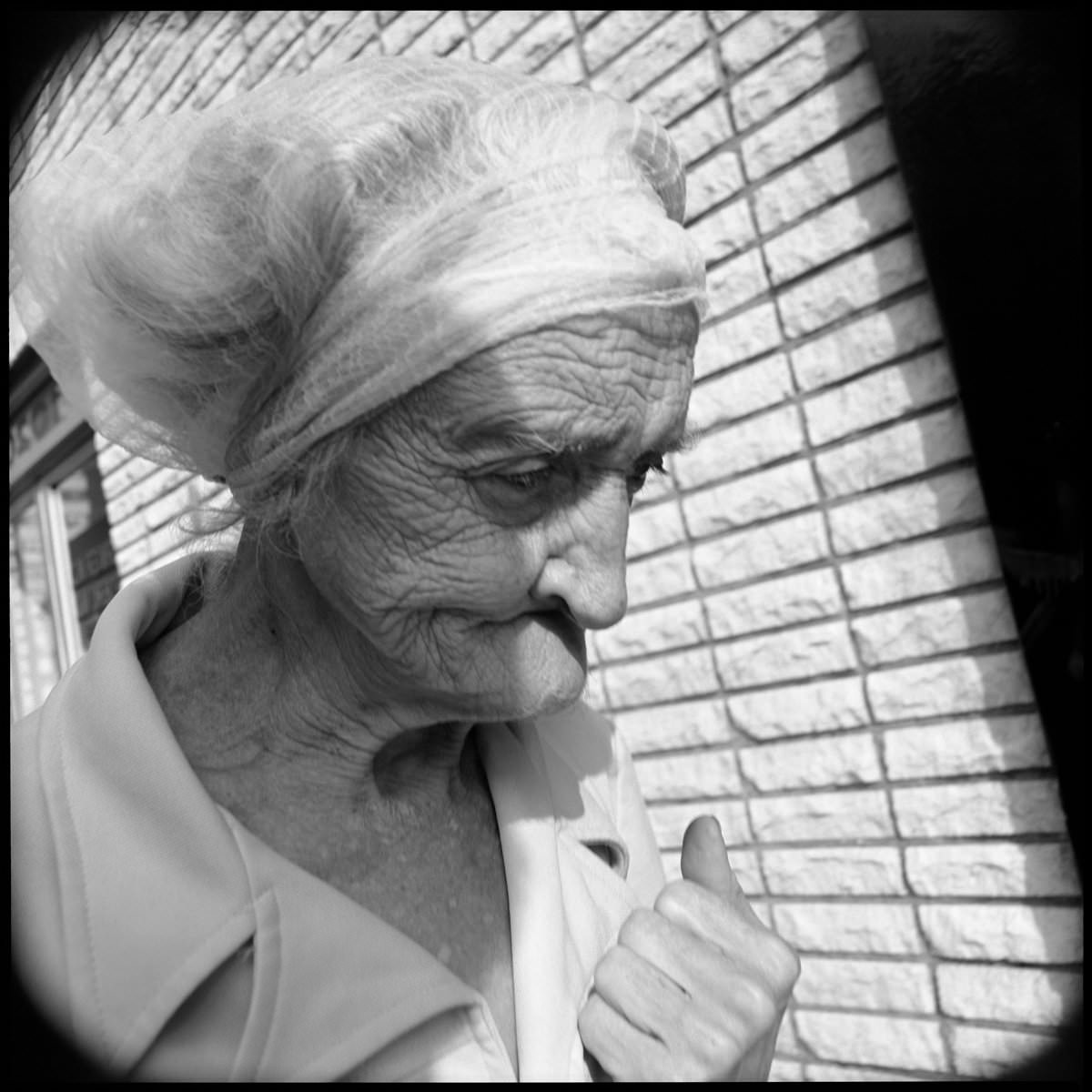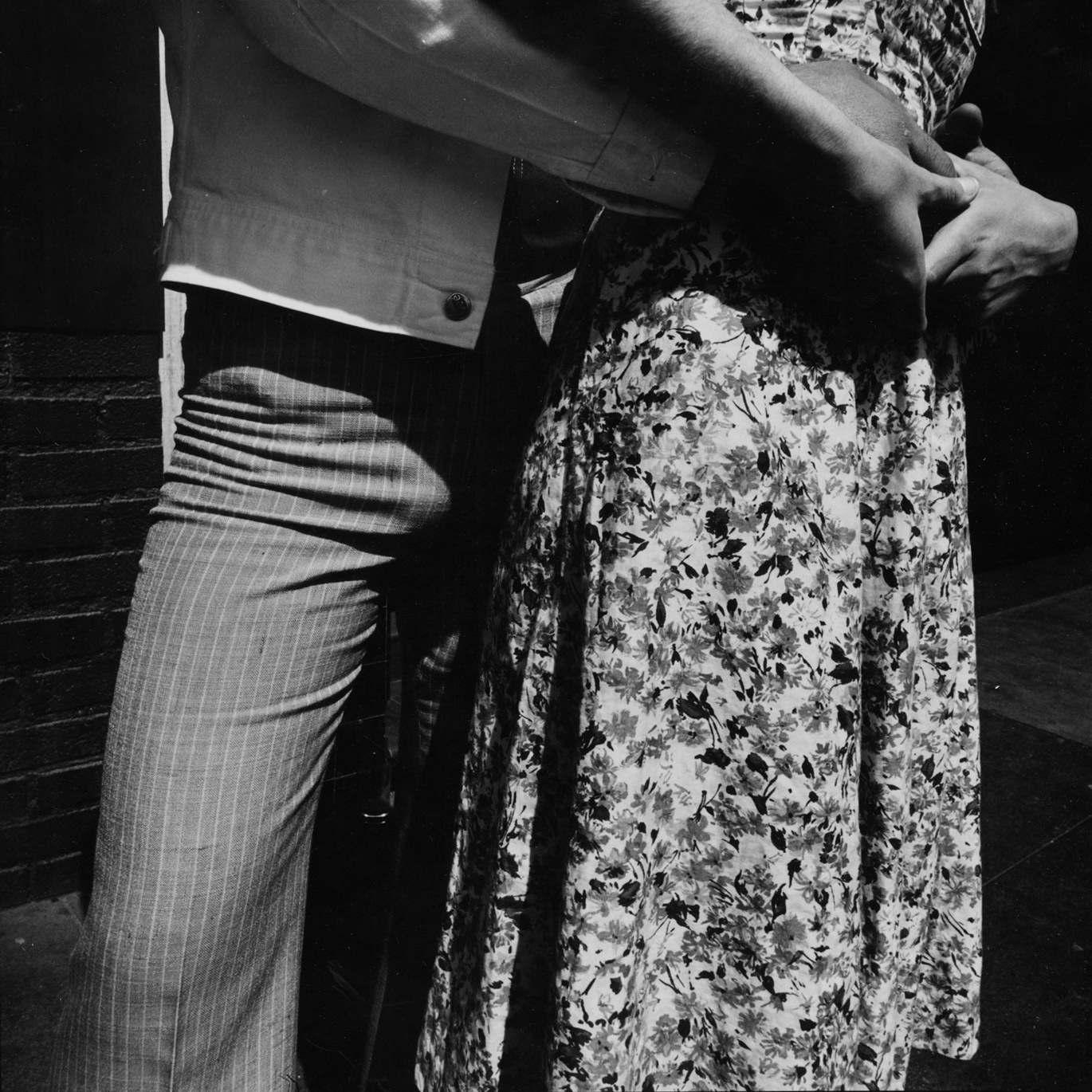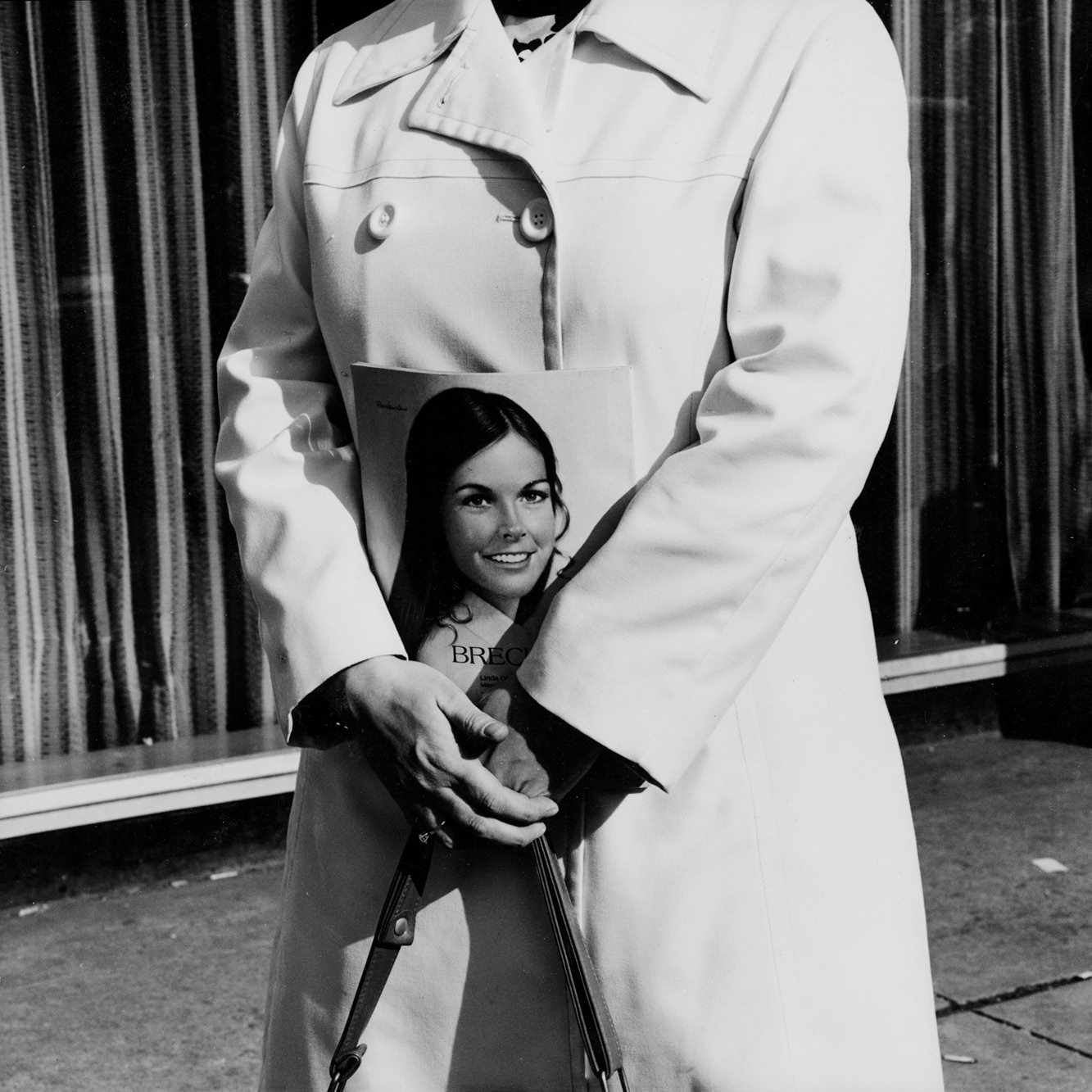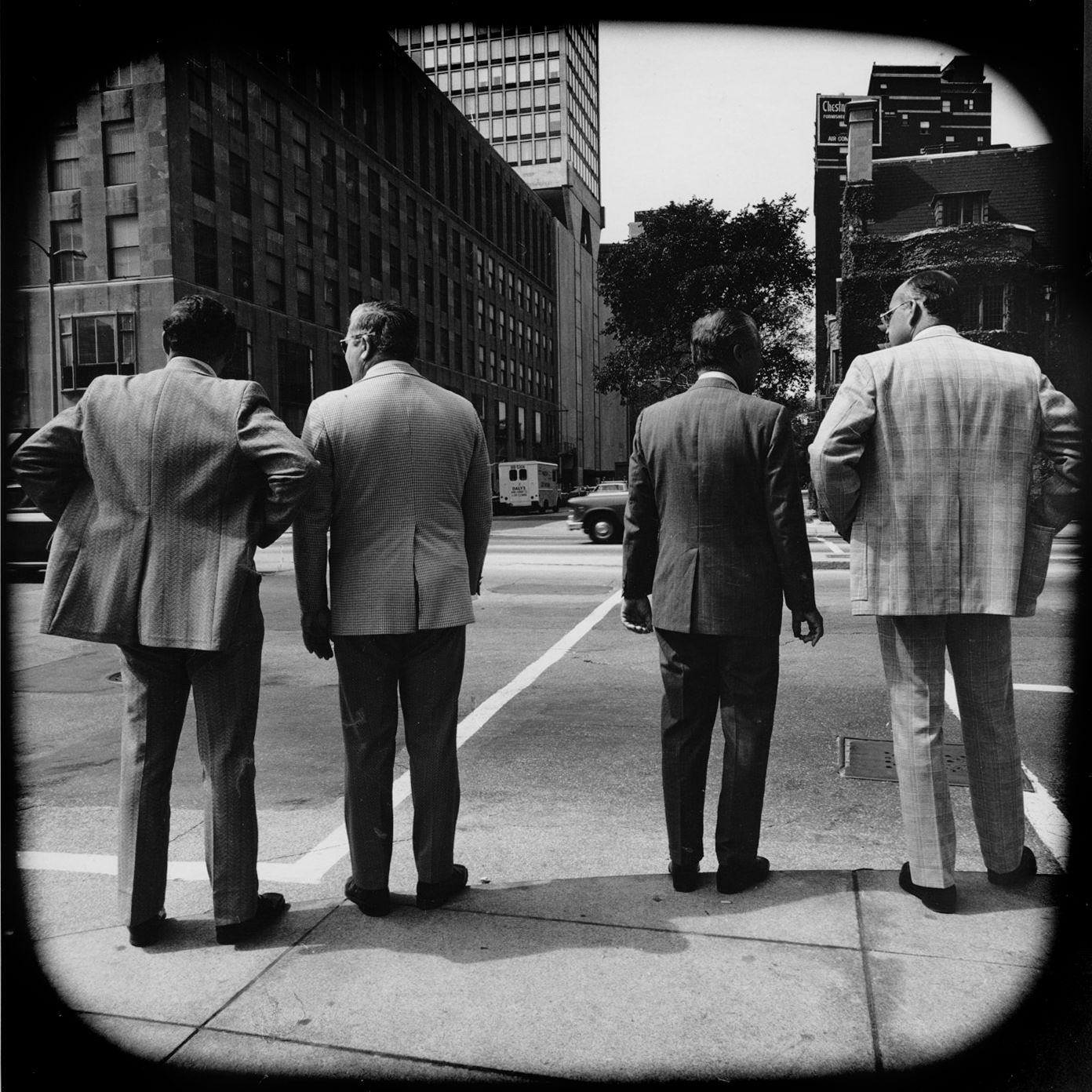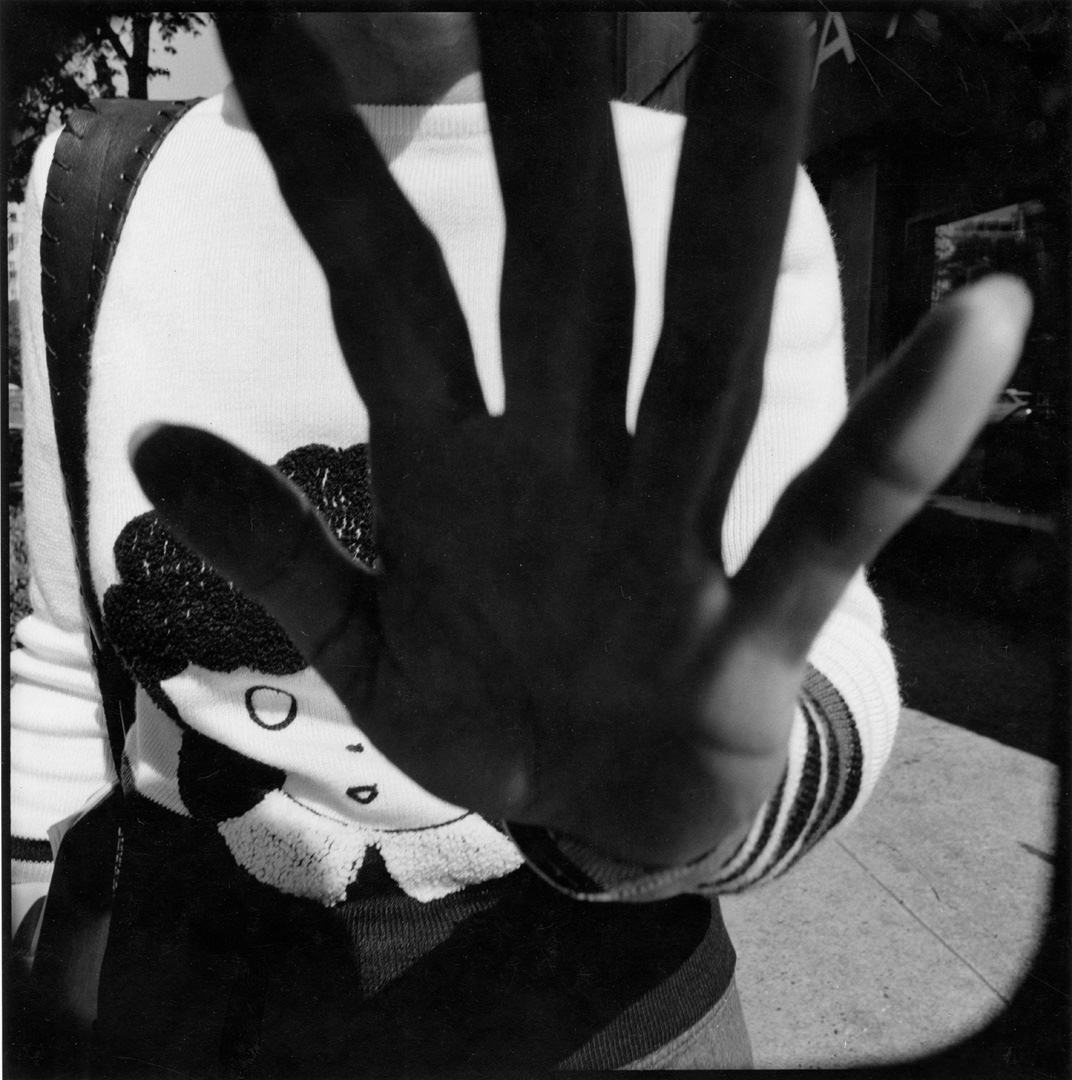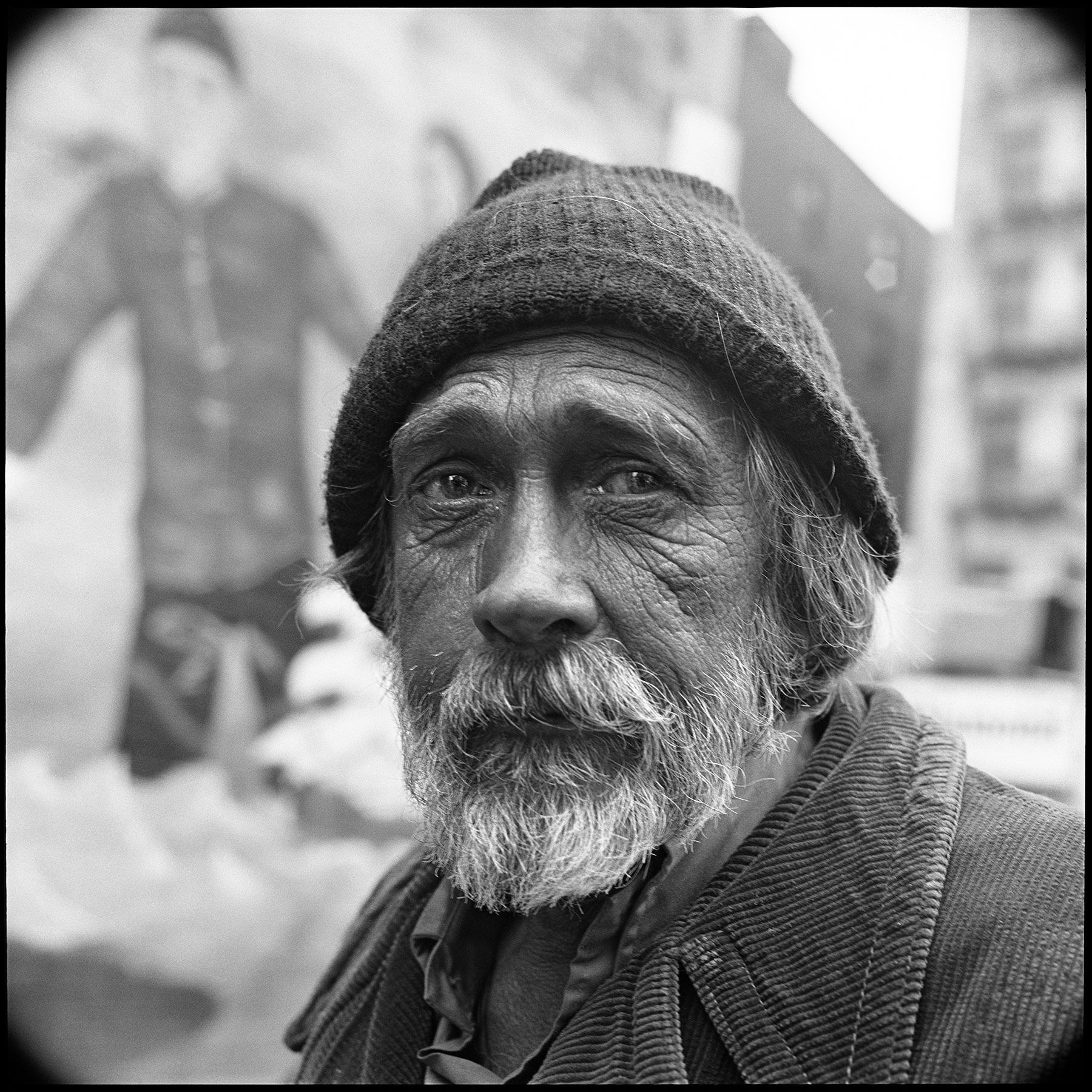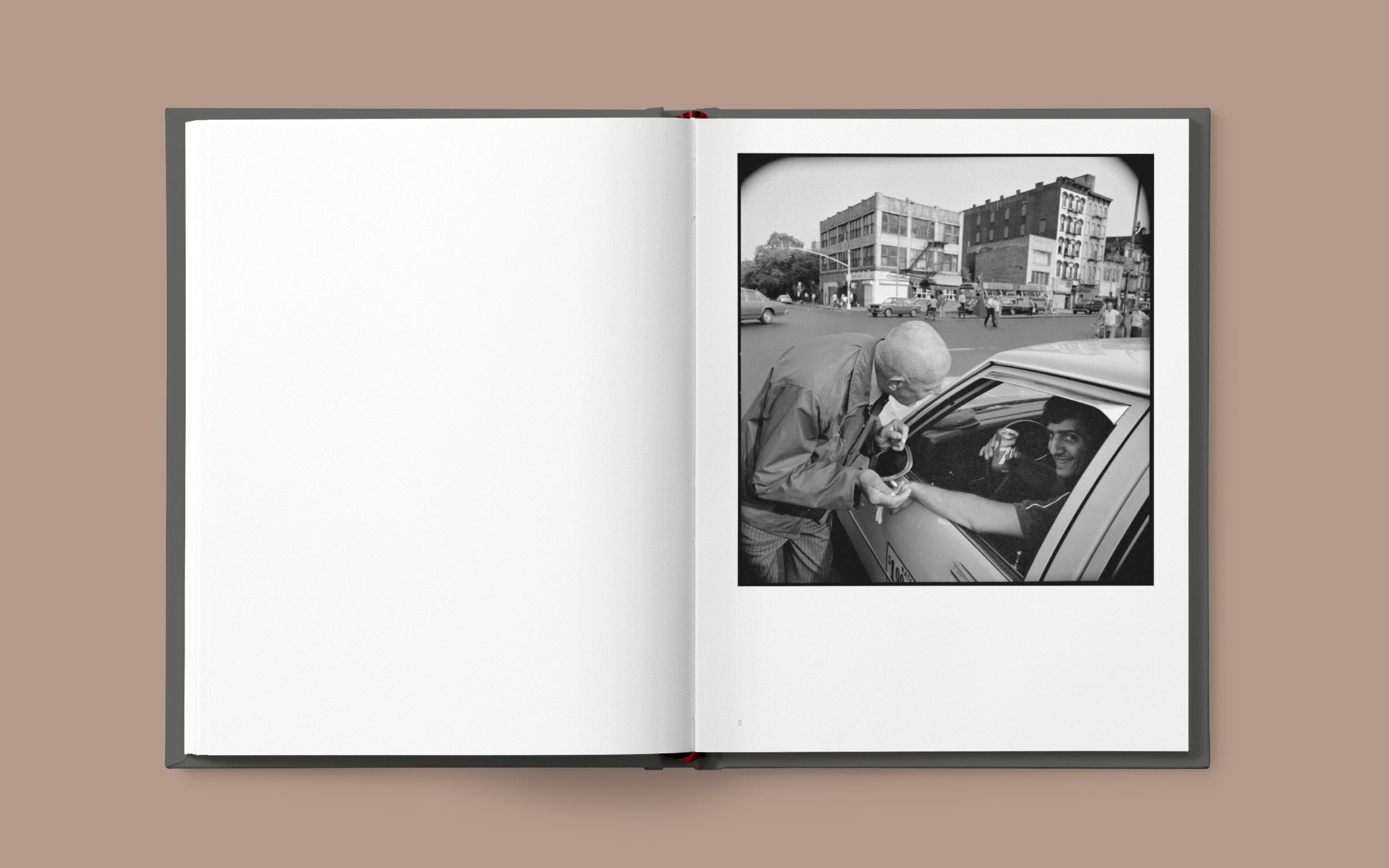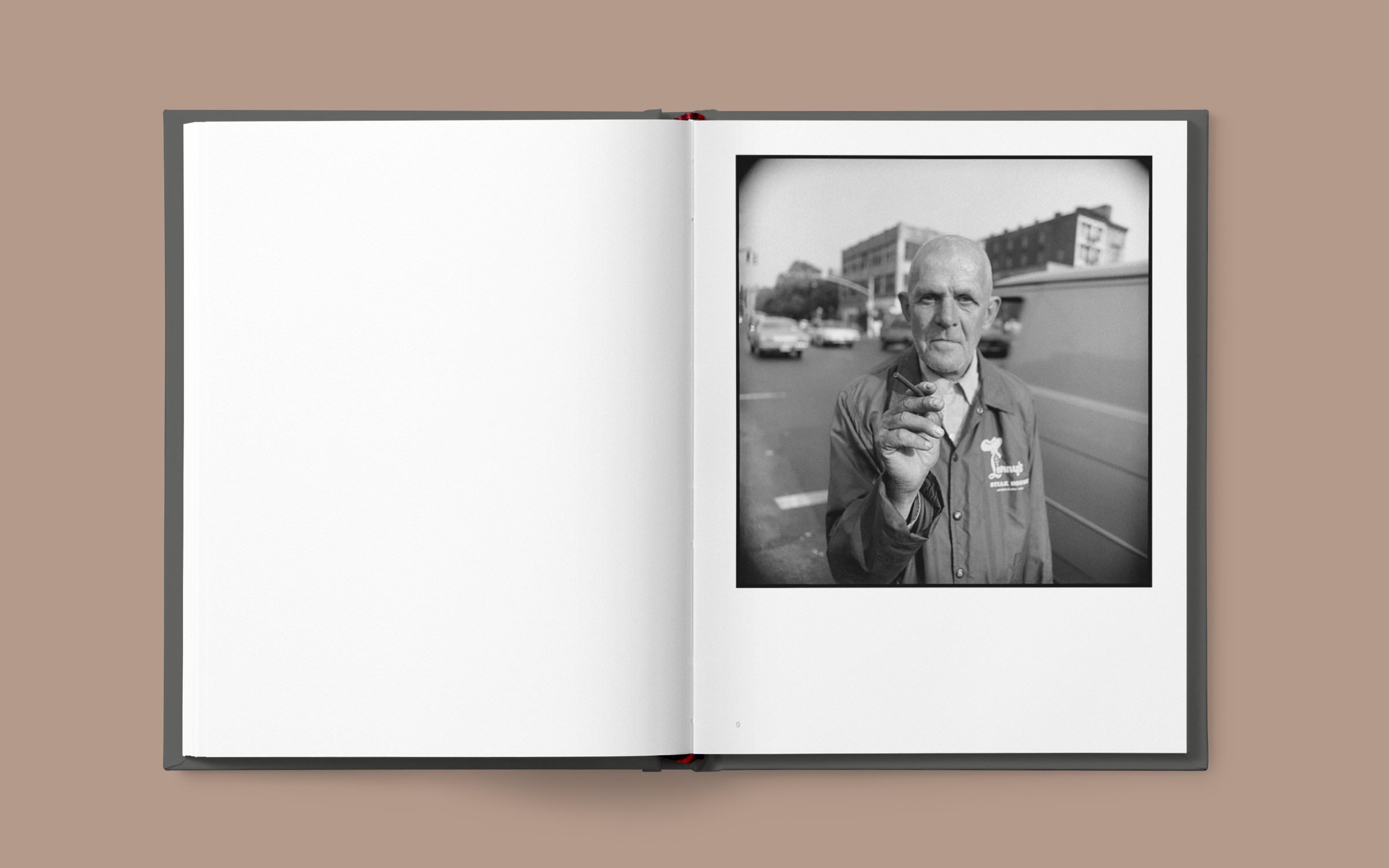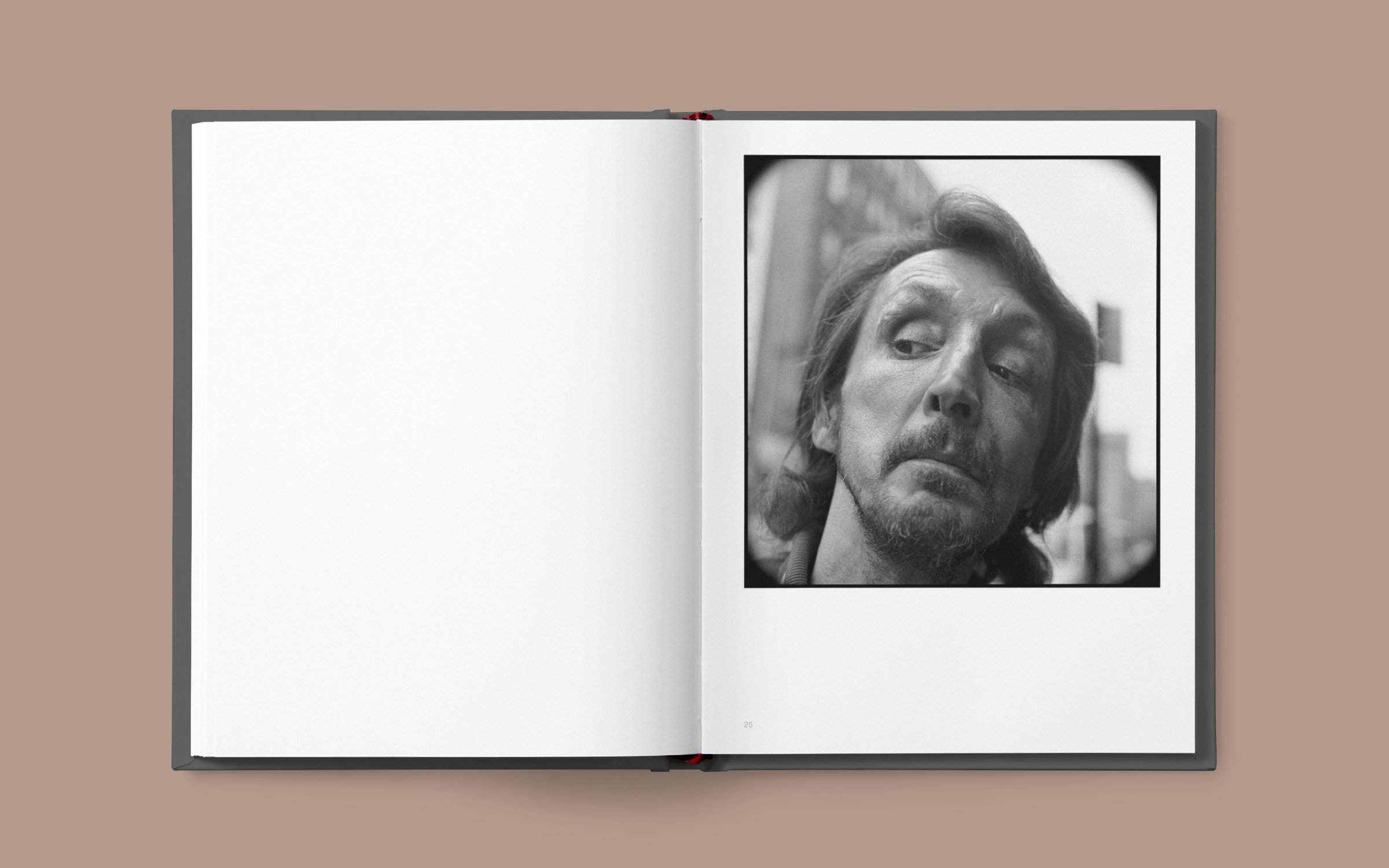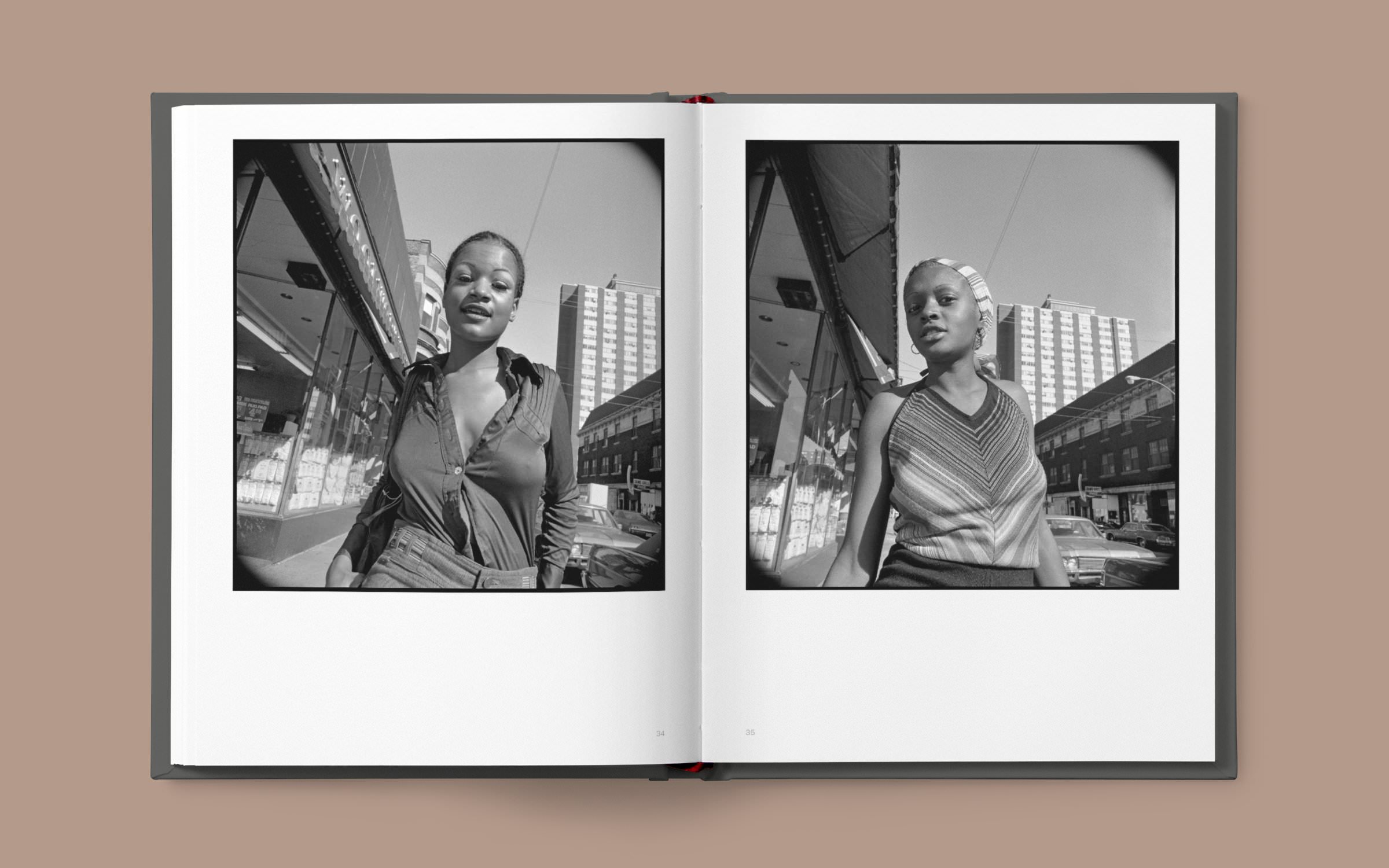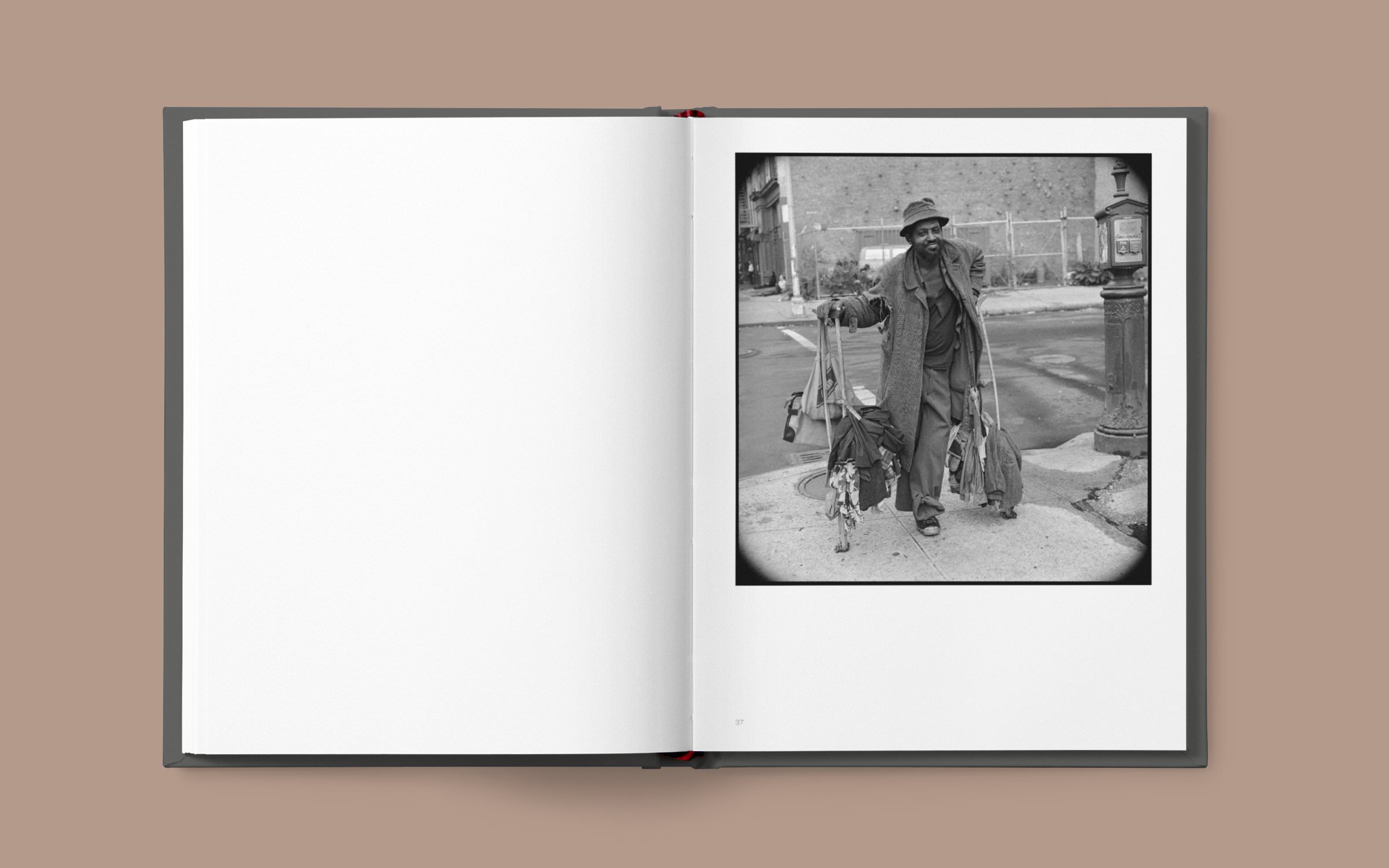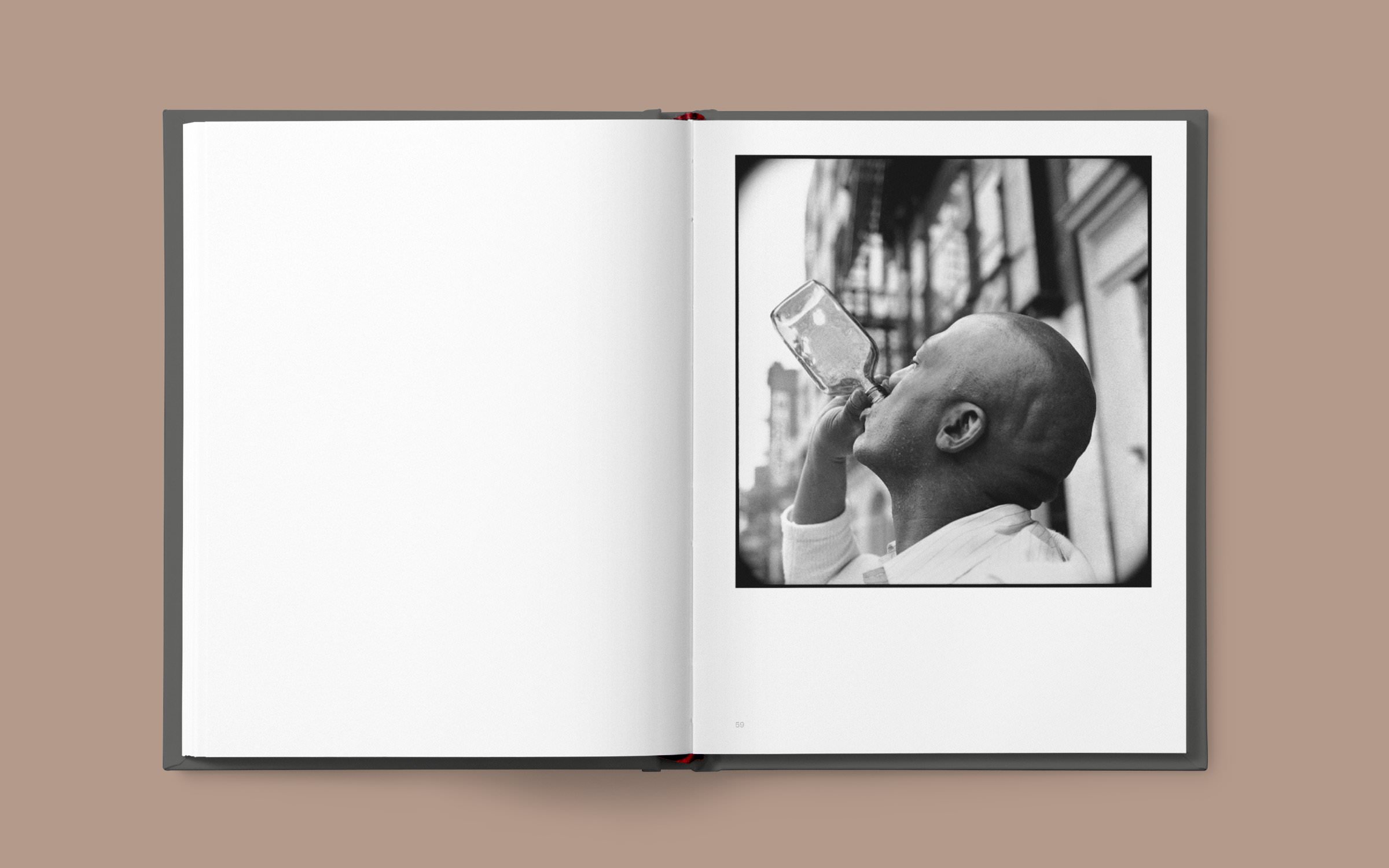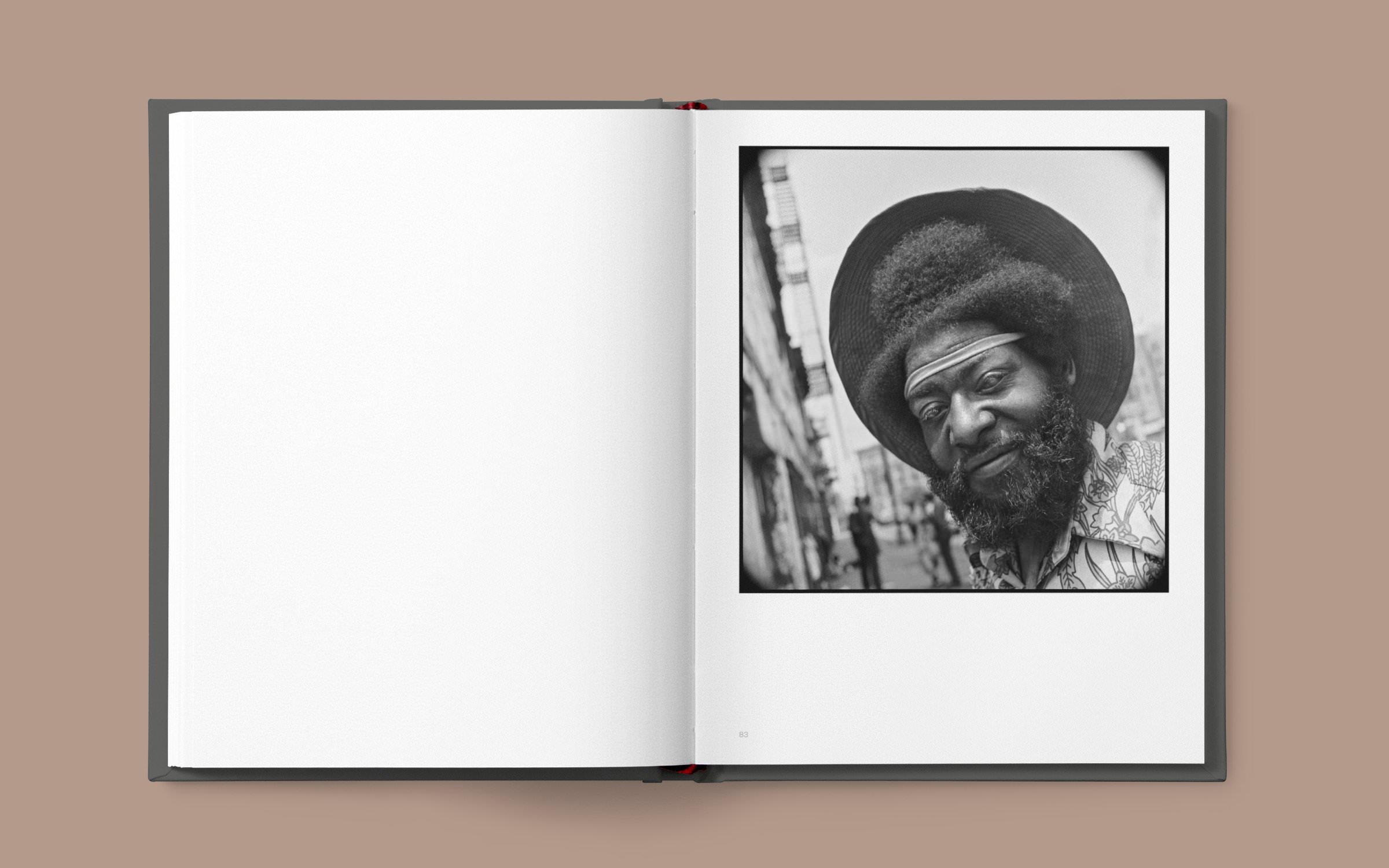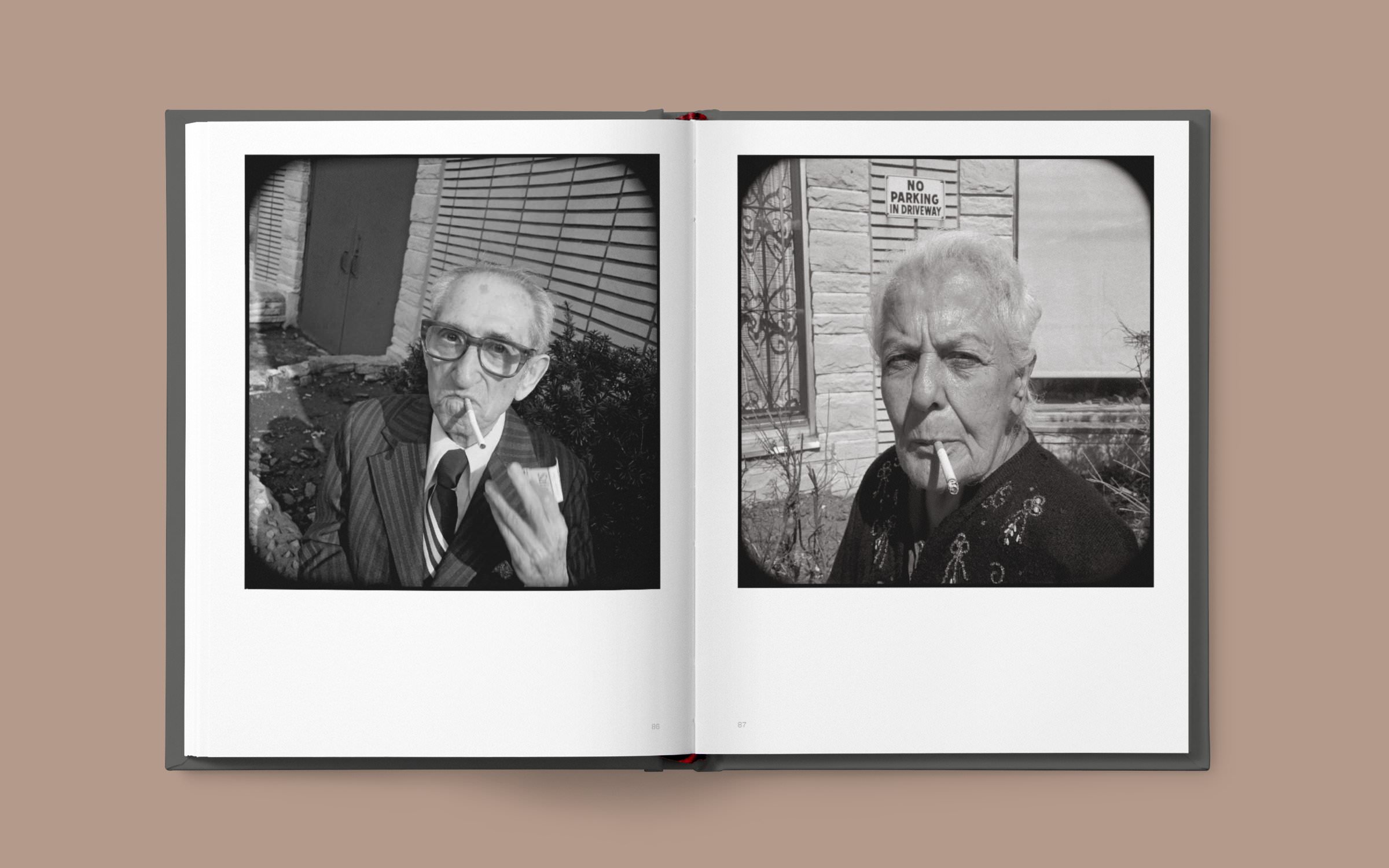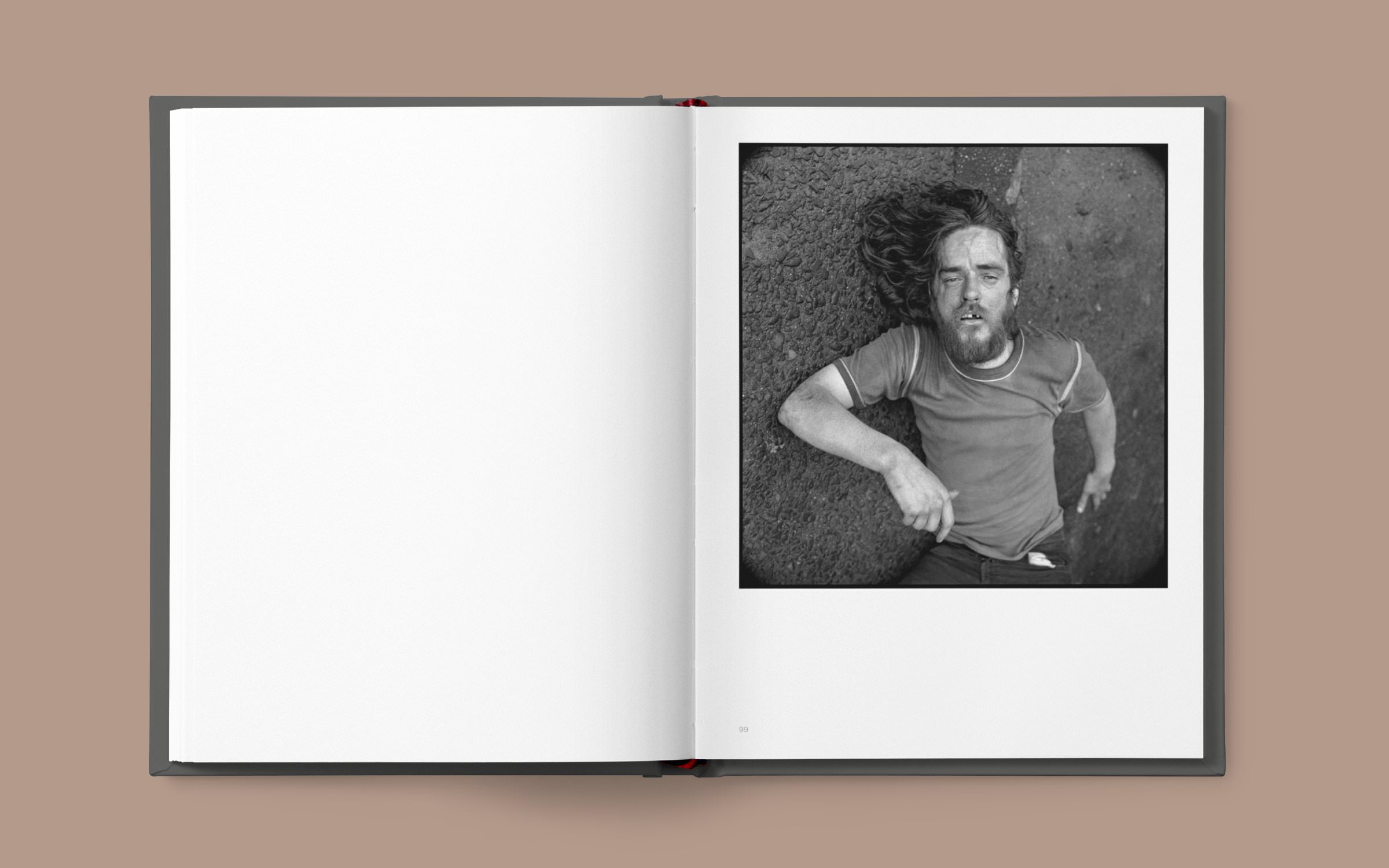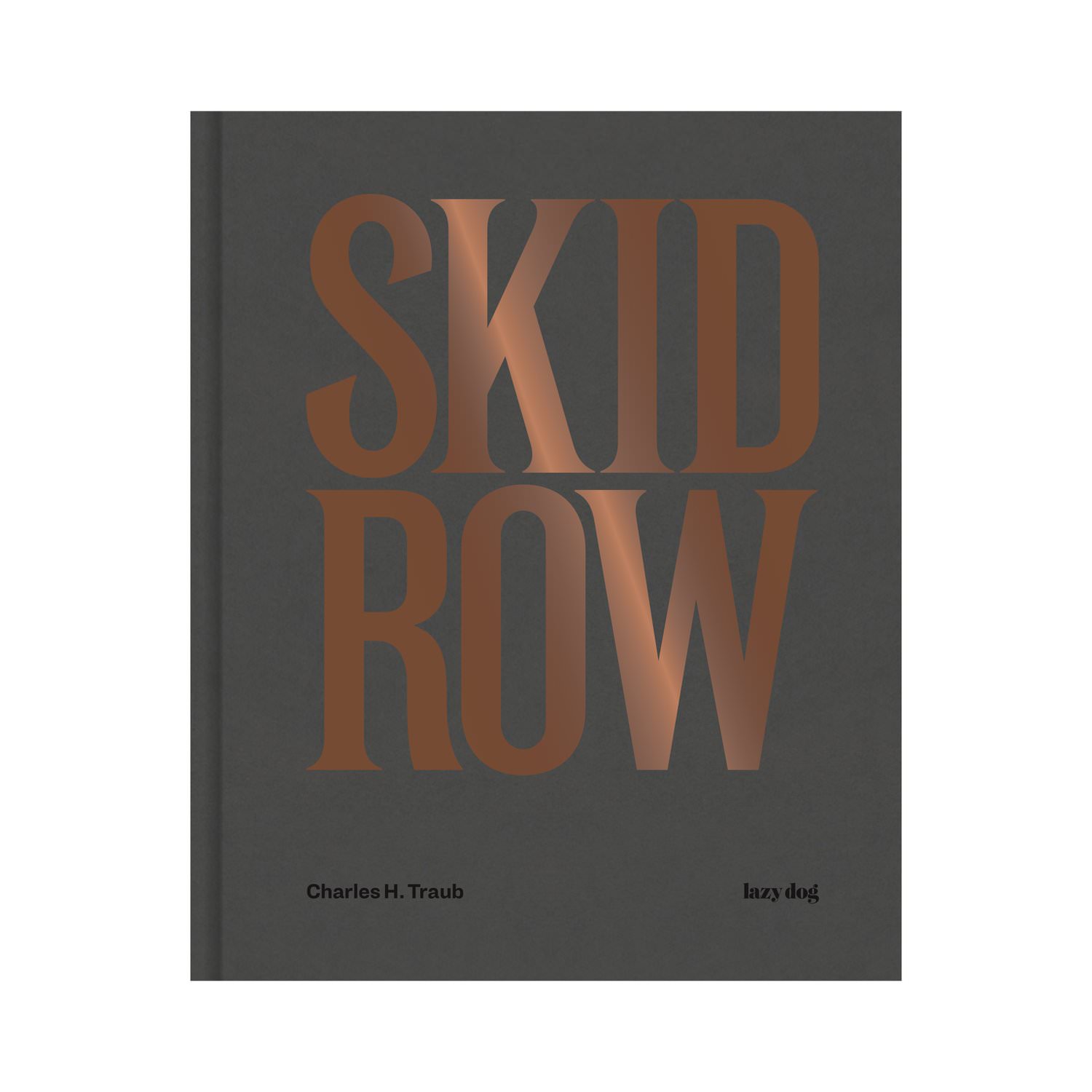Charles H. Traub: Skid Row
This photographic collection serves as a testament to the urban landscape of late 1970s America. Charles H. Traub skillfully captures a series of portraits, immortalizing the denizens of the streets in Uptown Chicago and Bowery New York.
In his own words, the author articulates, “I sought not just to observe, but to empathetically engage with the profound sense of loss through the lens of my camera.” His intent was far from indulging in voyeurism; instead, it aimed to bear witness to the enduring dignity and innate humanity that persisted within the homeless population. These individuals differed significantly from their contemporary counterparts, as they were not merely products of personal misfortune but victims of profound social disparities.
Drawing inspiration from Nelson Algren’s renowned work, “A Walk on the Wild Side,” which ponders why individuals marginalized and disenfranchised by society can sometimes rise to become more profound human beings than those who have never experienced such adversity, the project at hand responds by shedding light on the nobility that often emerges within urban communities, even during their most challenging moments.
Regrettably, this sensitivity, born of genuine empathy, now finds itself systematically stifled amidst the tidal waves of gentrification and apathy, as cities favor a transformation that caters to an urban chic aesthetic.
In light of these circumstances, it becomes all the more imperative to chronicle and share these experiences, serving as a reminder of the indispensable role played by these “lost nobles” in the construction of a city’s historical identity.
About the Author
Charles H. Traub, born in Louisville, Kentucky, in 1945, is a renowned photographer. He initially studied English literature at the University of Illinois before joining the Peace Corps in 1967. An accident in Ethiopia brought him back to Kentucky, where he met the influential photographer Ralph Eugene Meatyard. After his military service in 1969, Traub decided to pursue photography at the Institute of Design in Chicago, studying under notable photographers like Aaron Siskind and Garry Winogrand. He gained recognition for his black-and-white landscape project, “Edge to Edge,” exhibited at the Art Institute of Chicago. In 1971, Traub began teaching at Columbia College, Chicago, and played a key role in developing photography curricula. He later became chairperson of the department and founded the Chicago Center for Contemporary Photography, which evolved into the Museum of Contemporary Photography (MOCP). Traub’s color photography series, “Street Portraits,” began in 1976, and he moved to New York City shortly thereafter. He worked as the director of the Light Gallery, curating exhibitions and introducing renowned photographers to the gallery.
In 1980, he co-founded the Wayfarer partnership, specializing in editorial and corporate photography. He also embraced digital technology and authored the “Creative Interlocutor” manifesto and “In the Realm of the Circuit” textbook. Traub co-founded “here is new york: a democracy of photographs,” a 9/11 memorial project that garnered significant recognition.
He has dedicated himself to photographic education and is the president of the Aaron Siskind Foundation. Traub’s work has been exhibited worldwide and is held in numerous museum collections.

